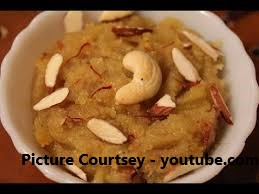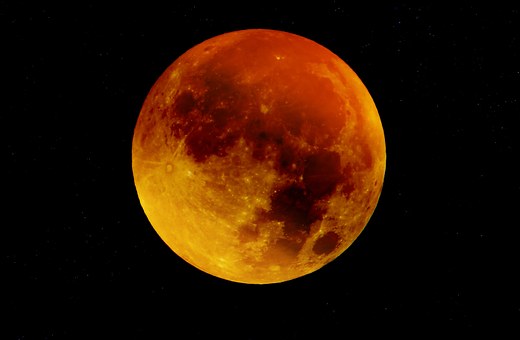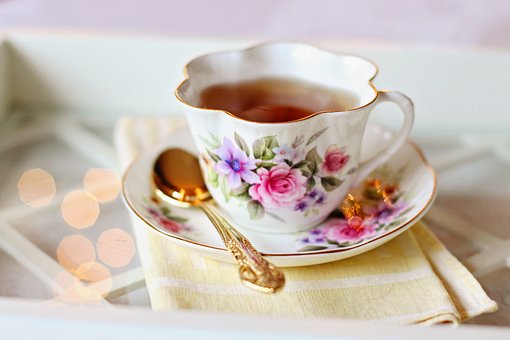Indian Sweets: The Sweetness of Home-Made Indian Sweets
Any Indian lunch or dinner is incomplete without an Indian sweet. In fact, Cadburys had run an advertising campaign called “Kuuch meetha ho jai”. No doubt, India is known as the Diabetes capital of the world. We celebrate every occasion with a sweet and the occasions are unlimited – Your son’s first day at a new job, daughter leaving for her 12th Board exams, spouse getting promoted, the first news of wife getting pregnant, buying a new property or for that matter any Indian festival. The menu of Indian sweets is unlimited – Besan ka laddoo, Boondi ka laddoo, Rasgulla, Gulab jamun, Rasmalai and so many more.
I had published a story titled “The Indian Sweets we love” on 16th May 2019 on my blog.
Please do read it once if you have not. Most importantly when it comes to relishing an Indian sweet there is no comparison with the western ones. A doughnut can never taste like a Jalebi, a tart can never taste like a Malpua with Rabri and a pastry can never taste like a spongy Rasgulla.
This story is all about the Indian sweets we prepare at home. I would like to clarify, that I am definitely not going to talk about the recipes of these sweets. I am only going to talk about the importance of these Indian sweets at our home. So, get your taste buds salivating with these Indian sweet dishes which every household prepares at a short notice.
If you want to learn how to make Indian sweets at home then click on the link:
https://www.youtube.com/watch?v=vLCojNYWGCY
1. Suji Ka Halwa – one of the most popular Indian sweets

Suji ka Halwa is an Indian sweet made out of semolina or suji mixed with desi ghee and sugar and topped with almonds and cashews (Semolina pudding topped with Almonds and Cashews). This is the most common Indian sweet that every mom or wife prepares at home and that also at a short notice. You have invited guests at home and there are no sweet offerings for them. Voila, Suji ka Halwa comes to rescue. The position of Suji ka halwa is similar to the position of Boondi ka laddoo in the Indian Mithai shops. We like to celebrate every auspicious occasion with a laddoo. However, getting laddoo needs planning like taking your car out and going to the nearest sweet shop to buy it. But making suji ka halwa only needs an efficient cook at home. It can be your Mom, Wife, Sister or yourself.
One fine morning your son-in-law lands up at home for breakfast and in this moment of unpreparedness; suji ka halwa is the first thing that comes to mind. Besides, this is also a favoruite dish made by a newly-wed bride when she steps in the kitchen for the first time. It is used in combo with Poori and Kala Chana as prasad during Navratri, the Indian auspicious period which comes twice in a year. Poori and Suji ka Halwa also happens to be one of the deadliest breakfast combos served on Sunday mornings. A simple warning! Always finish the halwa when it is warm because once it goes into the refrigerator, it loses its glory.
2. Indian sweets – Kheer

Kheer (Rice pudding), especially the one made with rice, is always prepared during festivities. Whether one has to make an offering to Ganesh Ji and Lakshmi Ji on Diwali or Lord Krishna on Janmashtami, Kheer is the first preparation that comes to mind. Kheer, an Indian sweet is an integral part of Indian thali which is prepared for lunch or dinner for the guests.
It is one dish which like an exclamation mark is savoured at the last after having a complete meal of Poori and Pulao with Aloo ki sabzi and Matar Paneer. Though slightly Laborious, in terms of time taken to prepare, it is one Indian sweet which actually brings water to everybody’s mouth. To savour kheer, one should always have it in a steel bowl or an earthen pot. It should not be served in plastic. It is demeaning to the Kheer.
3. Indian sweets – Rabri

Rabri (Sweetened condensed milk) is a delicious and simple Indian sweet which can easily be prepared at home. The only thing which goes against Rabri is that it leaves a huge impact on Carbon footprint. It needs to be cooked for at least 2 hours thus burning LPG for 2 hours, and therefore doesn’t qualify as an environment-friendly sweet. But let us make that one sacrifice for this beautiful Indian sweet.
Once prepared, you can relish it chilled and its after-taste will last in your mouth for at least an hour. Rabri is a sweet which is highly compatible. You can have it plain or top it over a malpua or add it to shahi tukara and enjoy the heavenly dessert. People who have not tasted Rabri with parantha (Indian layered bread) have actually not exposed their taste buds to extreme delicacy. Please apply a layer of Rabri on a parantha, wrap it and relish it.
4. Seviyan

Seviyan or Vermicelli Pudding is an Indian sweet which you can relish at any time of the day. It is normally cooked at home using a combination of Vermicelli, milk, and sugar with some additional toppings. The moment you talk about Seviyan, you are reminded of Id. After all, in our Indian Culture, there is one sweet which is a trademark dish of every festival. Seviyan is for Id, Gujiya is for Holi, Ladoo is for Diwali and Barfi for Rakhi, etc.
Seviyan is an Indian reply to a Chinese sweet dish called Darsaan. Darsaan is actually honey fried noodles which is savoured with sesame seed and ice cream. Seviyan is easy to cook and can be served dry – Meethi Seviyan or cooked in milk, the actual Seviyan. It is normally prepared on all special occasions like festivities or if you have invited guests at home. Above all, any vegetarian or non-vegetarian lunch or dinner followed by a bowl of Seviyan tastes like Jannat (Heaven).
5. Custard

As children, we all have grown on one very popular sweet dish called Custard. Though Custard can’t be called a pure Indian sweet, it seems like it has invaded our kitchen for ages. It can also be called a daily sweet dish because it is easy to prepare and a good way to make your kids have fruits. Every birthday party thrown for kids at home had custard as a sweet dish on the menu.
The moment you think of custard, the name Brown and Polson comes to mind. The packaging of Brown and Polson especially with a picture of a bowl of fruit custard was so tempting that we would finish our lunch or dinner real fast so as to savour the custard. A second helping was always in great demand though the mother will give strict instructions to wait till everybody had his or her share.
6. Dahi-Cheeni – the 24/7 Indian sweet

Last but not the least; one dish which requires no cooking and normally is accompanied by the dinner plate is Dahi with Cheeni (Curd and sugar). All the sweet tooths in India have a fundamental right to have it as well as demand it. To relish this dish, the curd needs to be thick and served in a steel Katori (bowl). Add 2-3 spoons of danedar sugar (white granular sugar). Mix it and relish it. Avoid using crushed sugar as it won’t give you the same pleasure as a granular one.
This dish has great importance in our lives. The day any of the family member steps out for some important work, like the first day at school or first day at the office is asked to take the blessings of the elders along with a spoon of Dahi-Cheeni. This dish has become a part of Indian Culture. Similarly on birthdays or other important occasions, the elders will bless you by putting a tilak of vermilion on your forehead. They will carry a steel ki thali with few flowers, a lighted diya (handmade), Dahi-Cheeni and roli (a paste of vermilion). No doubt Dahi-Cheeni is the numero-uno Indian sweet dish of any family.
Read more stories from my blog on following link:
The Indian Tea: A beverage popular with all ages
The Indian Sweets that we love












Comments
6 Comments
Too sugary for my liking….but on second thought, Diwali is too far…. to hell with the doctor’s advice. Slurrp !
Ha! Ha! Ha!
[…] Indian Sweets: The Sweetness of Home-Made Indian Sweets […]
[…] Indian Sweets: The Sweetness of Home-Made Indian Sweets […]
[…] Indian Sweets: The Sweetness of Home-Made Indian Sweets […]
[…] Indian Sweets: The Sweetness of Home-Made Indian Sweets […]
Leave a Comment